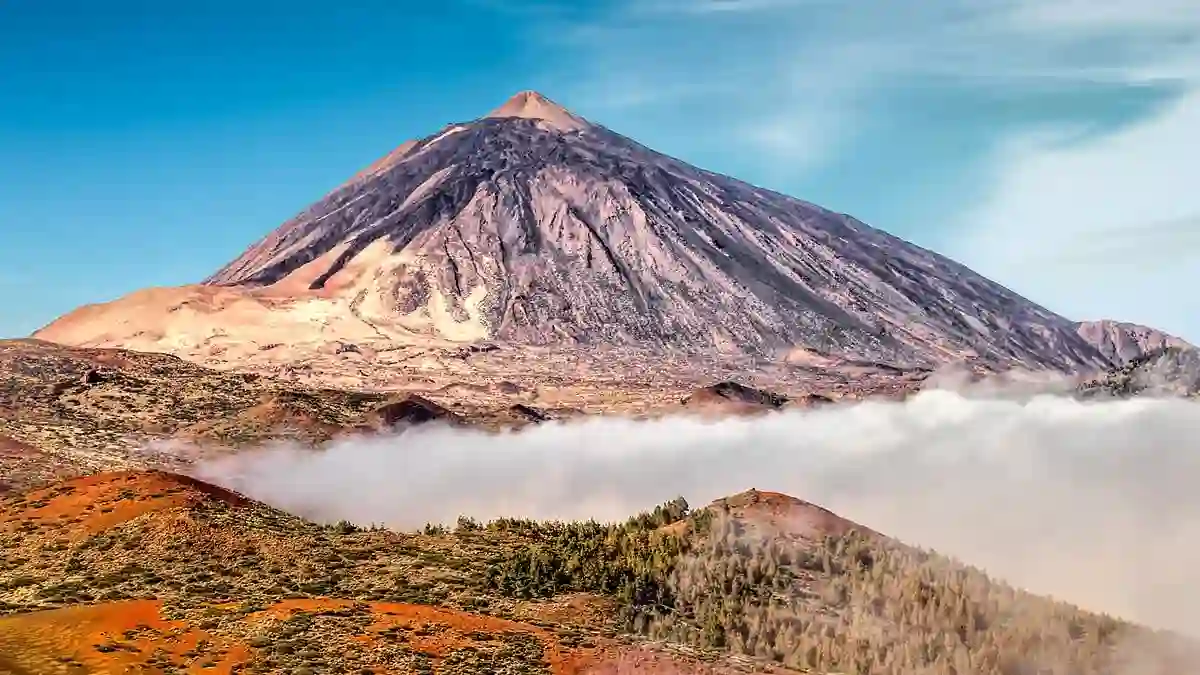It was meant to be another sunny holiday season in Tenerife, but a sudden burst of small earthquakes in the early hours of the morning had locals and tourists alike bracing for the worst.
With 700 mini-tremors shaking the ground near Mount Teide—a massive and active volcano that dominates the island’s landscape—many feared a full-blown eruption could be just around the corner.
But scientists have stepped in to calm those fears, saying the recent seismic activity is not a sign of an immediate eruption.
Still, they caution that at some point in the future, Tenerife will likely see volcanic action again.
What Really Happened on Mount Teide This Week
The latest seismic swarm kicked off at around 2am on August 7 and lasted about four hours, shaking areas southwest of Pico Viejo in Las Cañadas.
Although the tremors were tiny, the sheer number—around 700—sparked real concern, especially during Tenerife’s busiest tourist season.
Mount Teide, after all, is no quiet hill. It’s Spain’s tallest peak and a magnet for over three million visitors each year, thanks to its jaw-dropping views and status as Europe’s most visited national park.
Scientists Say It’s Not Time to Panic—Yet
Despite the scare, experts from Spain’s National Geographic Institute (IGN) have confirmed there’s no immediate danger.
According to Itahiza Domínguez, director of IGN in the Canary Islands, the swarm doesn’t show the kind of magmatic intrusion that would normally hint at an impending eruption.
“This particular swarm isn’t alarming,” Domínguez said, speaking to local outlet El Dia.
“But it’s still another sign of magmatic activity. We always have to be ready—because the next intrusion could happen tomorrow. Just like it did in La Palma.”
He also reminded the public that this was the sixth recorded swarm in the Las Cañadas region since 2016. In other words, it’s not unusual.
The Reality: An Eruption Will Happen—Just Not Now
While the tremors themselves may not signal an eruption anytime soon, the long-term outlook is more sobering.
Scientists now estimate there’s a 30 to 40 percent chance of another eruption happening within the next 50 years on the island.
But don’t expect it to be a surprise event. Before a volcano erupts, it tends to send out multiple warning signs: gas emissions, ground swelling, unusual seismicity, and changes in sound frequencies deep inside the volcano.
Learning From La Palma: When a Volcano Woke Up
Tenerife’s volcanic worries naturally bring back memories of what happened in nearby La Palma in 2021.
There, the Tajogaite volcano—nicknamed the “cracked mountain”—erupted and kept spewing lava for a relentless 86 days.
That eruption was devastating, burying homes, farms, roads, and banana plantations in molten rock.
La Palma, a smaller island with around 85,000 residents, was left reeling from the damage.
That event showed how quickly things can escalate—and why volcanic monitoring matters.
Why the Canary Islands Are Always Shifting
The Canary Islands sit on a geological hotbed—right between the African, Eurasian, and American tectonic plates.
That makes them naturally prone to earthquakes, underground shifts, and volcanic activity.
So, while mini-quakes aren’t new, they do keep geologists on high alert.
Predicting Volcanoes Is Still a Massive Challenge
According to Eric Dunham, an associate professor at Stanford University’s School of Earth Sciences, predicting volcanic eruptions is still incredibly complex—and maybe always will be.
“There’s no one-size-fits-all method,” he explained.
But researchers do have tools and indicators that help them track rising volcanic activity.
One of those tools is infrasound—the deep, low-frequency noises that change when lava rises within an open vent.
The pitch tends to increase as magma gets closer to the surface.
Warning Signs to Watch For
Scientists also monitor gases like sulfur dioxide, which escape as magma nears the surface.
A spike in these emissions is often one of the first red flags before an eruption.
Ground deformation is another giveaway. If a volcano starts to bulge, crack, or sink in certain areas, it may mean magma is pooling beneath the surface.
These subtle shifts are tracked using satellites and on-the-ground sensors.
So, Is Tenerife Safe Right Now?
Yes—for now. Tourists don’t need to cancel their plans and locals don’t need to run for cover.
]But the recent tremors serve as a reminder that Mount Teide is still very much alive beneath the surface.
While the latest activity doesn’t point to an immediate threat, experts are keeping a close eye on every rumble, every crack, and every plume of gas. Because when it comes to volcanoes, it’s not a matter of if—just a matter of when.

